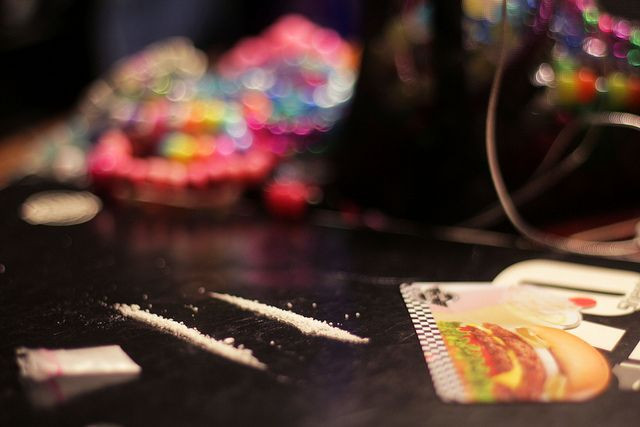Why Is Molly Killing Concert-Goers Across The Country? Health Officials Caution Against Popular Misconception Of 'Pure' Substance

On Sunday, New York’s Electric Zoo festival was cut short following reports of two drug-related deaths. According to local authorities, the victims add to the growing number of casualties linked to molly –– a crystalline, “pure” form of the methamphetamine derivative MDMA. The deaths have prompted health officials as well as law enforcement to educate the public on the risks associated with synthesized drugs.
Although molly’s chemical minutia resembles that of other volatile club drugs, the health hazards are intensified by its reputation as a pure, unadulterated substance. Believing the product to be pure MDMA, molly users tend to disassociate the drug with other street substance. However, the drug’s ostensible “innocence” usually belies its shady manufacturing process, which may involve noxious adulterants as well as subpar lab conditions.
"(Suppliers) are making it look like something that is safe and easy to take, but in many cases, you're playing Russian roulette," said Drug Enforcement Administration spokesman Rusty Payne to CNN. "You have no idea the lab environment these chemicals or substances were produced in. If they knew where things were produced, they might think twice."
Clever marketing strategies aside, the perceived risk is further diminished by molly’s lack of clear side effects. Low addiction rates and an apparent absence of withdrawal symptoms contribute to the drug’s reputation as a virtually harmless substance similar to marijuana. However, adverse affects are well-documented –– and, they will usually land you in the hospital.
"A lot has to do with the doses people take. As you increase the dose over an extended period of time, you can expect to see some negative effects. That's a general rule the public really needs to understand,” said Carl Hart, an associate professor of psychology at Columbia University.
According to Hart, the failure to curb molly use is largely the result of ineffective scare tactics focusing on exceedingly rare consequences. Since so many young individuals have tried the drug without complications, health officials and law enforcement have to make sure their deterrents are anchored in reality.
"What we've done and what we consistently do is we include people that exaggerate the harms," Hart told reporters. "Kids are not listening because they've already had the experience. ... They (think they) should reject everything we're saying because we're not being accurate, and they know it."
Other experts attribute the statistical surge in molly use to a “post-war era” of drugs, in which soft substances like marijuana are rapidly becoming decriminalized or legalized for recreational purposes. According to this theory, a softening of regulations leads to an environment where recreational users permit themselves to reach beyond marijuana. The result is a perceived chasm between molly and its chemical origins.



























